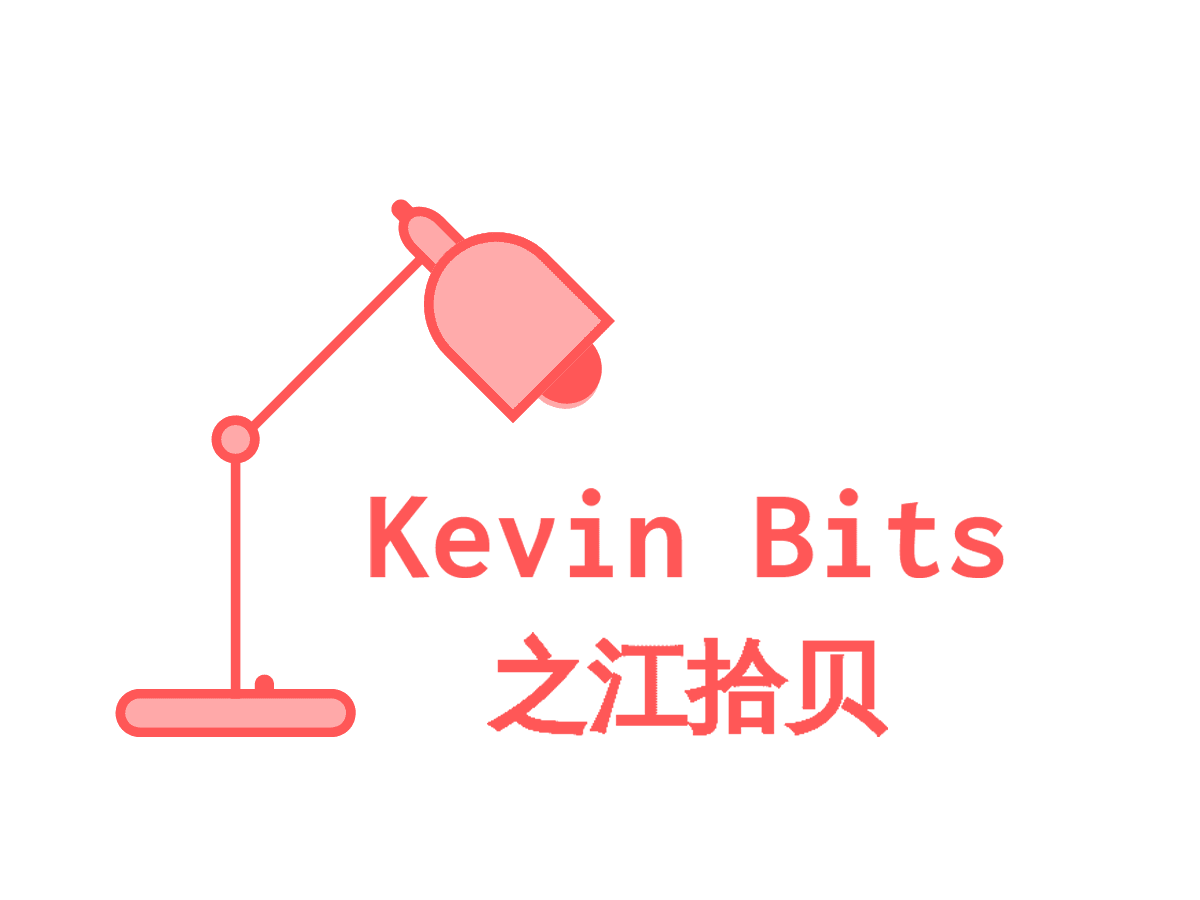In a recent speech, the Fed chair Janet Yellen posted a question on the distinction between supply and demand, in the context that why the economic recovery from the Great Recession took so long and has been so slow.
It is broadly agreed that “economic output over the longer term is primarily driven by the supply”. The economic growth is measured by the amount of output of goods and services the economy is capable of producing. Yellen questioned that theory did not seem to explain the slow growth since 1970 and the slow recovery since 2007/08 recession in the U. S., and the economic stagnation in Japan since 1990.
Using process control models as depicted below, we might be able to find some answers. The economic dynamics are simplified by interactions between three main entities, economic policy, supply and demand. In the first model where the situation is that the “supply” is damaged, “supply” restricts or dominates the “demand”. Policy responses would focus on repairing “supply” side. Since the time constant from policy response to its economic impact is about eighteen months, a recession caused by supply damage could typically recover in about two years.
The slow growth in 1970 and more recently since the Great Recession are characterized by the damage in the “demand” side, and it is more appropriately modeled by the second block diagram below, where the positions of supply and demand are reversed. The demand actually determines the supply and the policy is primarily responded to repair the demand side. Repairing demand is dependent on a number of factors such as in the 2007/08 case, the high debt of many consumers, decreasing work forces and consumptions due to aging population. These are the very same reasons for Japan in 1990.
References:
Janet Yellen, macroeconomic research after crisis, Oct. 14, 2016.
